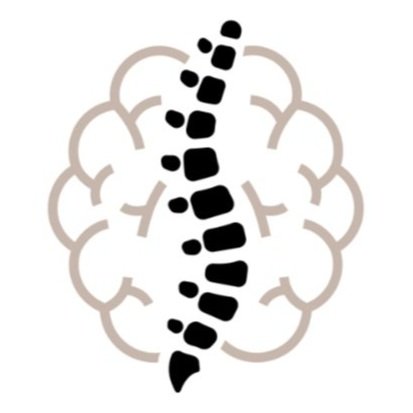Top Blog Posts from Fellow Physical Therapists
We are lucky to be part of a large network of awesome physical therapists! Here are the top blog posts from some of our PT colleagues around the country, be sure to check them out:
The Injury Buffer: Why So Many Runners are Chronically Injured
Discover the secret to avoiding running injuries with the concept of an 'injury buffer'—a crucial strategy for runners to build resilience against unexpected stress.
Rehab vs. Reconditioning: What’s the Difference?
Shift your perspective on injury recovery with the concept of 'Reconditioning' instead of rehab. Reconditioning encourages training around the injury, maintaining normal movement, and advancing based on individual response rather than fixed timelines.
The Essential Guide to Using Electrolytes
Electrolytes are essential for athletes to maintain performance and avoid issues like dehydration and muscle cramps.
Injury & the Mental Road less traveled…
The mental health aspects of recovering from physical injuries are often overlooked. There is often an interplay between psychological factors and physical healing.
RED-S: Learn to Detect and Prevent Relative Energy Deficiency
Relative Energy Deficiency in Sports (RED-S) is a condition in which low energy availability affects the health and performance of athletes.
Measuring Progress Through Pain
Learn to understand and navigate pain during physical therapy by distinguishing between 'good pain' (mild to moderate discomfort from adapting to new movements) and 'bad pain' (intense pain indicating injury or poor technique).
Why Cadence Matters in Running and How to Improve It
Improving your running cadence can enhance efficiency, reduce injury risk, and increase speed. Learn practical tips to adjust your cadence like using a metronome and focusing on arm swing.
Ultimate Squat Mobility Checklist
Read this comprehensive guide to improving squat mobility through focusing on aspects like form, ankle and knee mobility, hip strength, and pelvic stability.
What Every Runner Should Know About Shin Splints
Shin splints are particularly common among runners in the fall. Learn about their causes, risk factors, and strategies for prevention and relief.
What is Really Causing Low Back Pain
Lower back pain is complex and often caused by a combination of poor movement patterns, sedentary lifestyle, and non-mechanical factors like stress and diet.
Actual tightness and perceived tightness in hip flexors are often confused due to prolonged sitting and associated weaknesses in the hip flexor and glute complexes.
Dry Needling: Say Goodbye to Pain and Unlock Your Performance Potential
Dry needling is an effective method for alleviating pain and enhancing athletic performance. It offers benefits such as immediate pain relief, improved muscle function, and enhanced athletic performance.
5 Running Injuries I Saw in a NYC Medical Tent
Learn about the top 5 common running injuries observed at the 2022 NYC Marathon and the importance of electrolyte balance, continuous movement after finishing, awareness of weather conditions, and caution with new race day elements.
Read about pain levels during physical activity and the ability to differentiate between 'good,' 'warning,' and 'dangerous' pain. Learn how to listen to the body's signals to maximize gains and minimize injury risks.
How to Nail the First 6 Weeks of Your ACL Rehab
Managing pain, restoring knee motion, maintaining patellar mobility, strengthening quadriceps, and walking normally should be prioritized during the first 6 weeks of ACL rehab after surgery.
Start This Ski Season Pain Free
To prevent knee pain during ski season, it's important to strengthen hip and leg muscles before and during the season.
The Impact of Nutrition on Tendonitis
Nutrition can significantly impact tendonitis and anti-inflammatory foods like omega-3 fatty acids, turmeric, vitamin C, and bromelain can help alleviate symptoms.
Winter running can have numerous benefits, including combating Seasonal Affective Disorder (SAD), improving mental well-being, and burning more calories due to the cold.
Why You Pee When You Run (And How to Stop)
Running can strain pelvic floor muscles, causing urinary incontinence. A pelvic floor therapist can prescribe exercises to help you continue running while addressing the issue by strengthening your pelvic floor muscles.
Tactical Ways to Use Creatine to Help Your Strength, Recovery, and More
Creatine monohydrate, a naturally occurring compound in the body, offers a range of benefits including improving muscle mass, reducing muscle cramps, and potentially even combating Alzheimer's.
Sleep Health: Don’t Sleep on Sleep
Sleep has become a hot button topic recently and for good reason. Check out the benefits of a good night’s sleep and how it is vital to your physical therapy recovery.
How To Make Your Training More Functional
Functional training is a way to optimize the movements that our species originally had to perform well in order to survive and thrive such as standing, walking, running, picking things up, and more.

